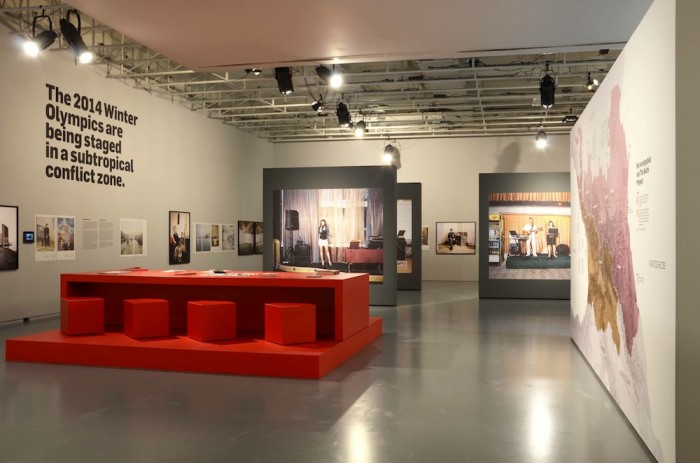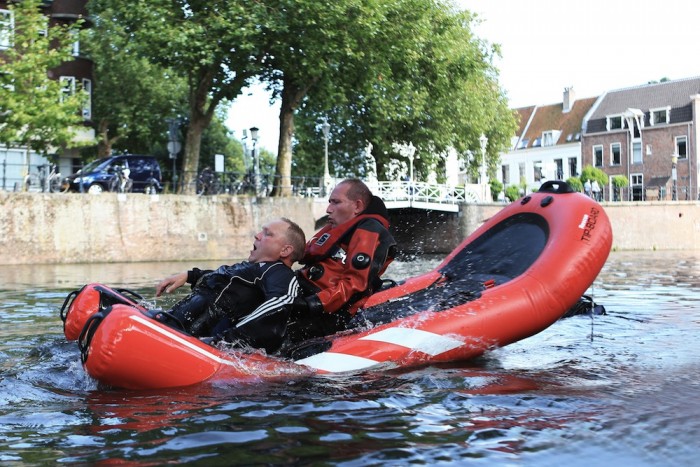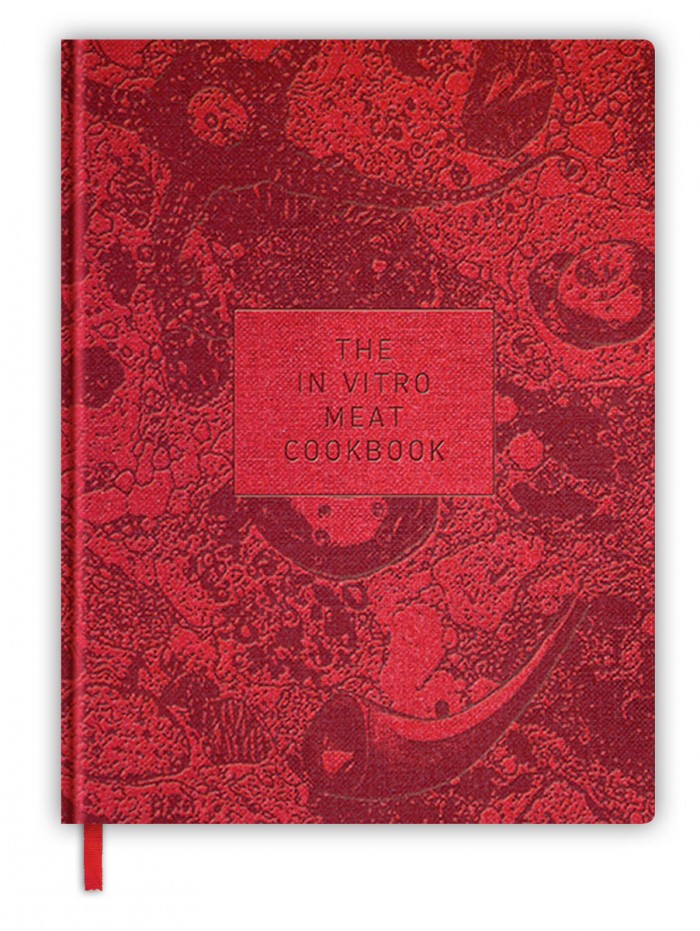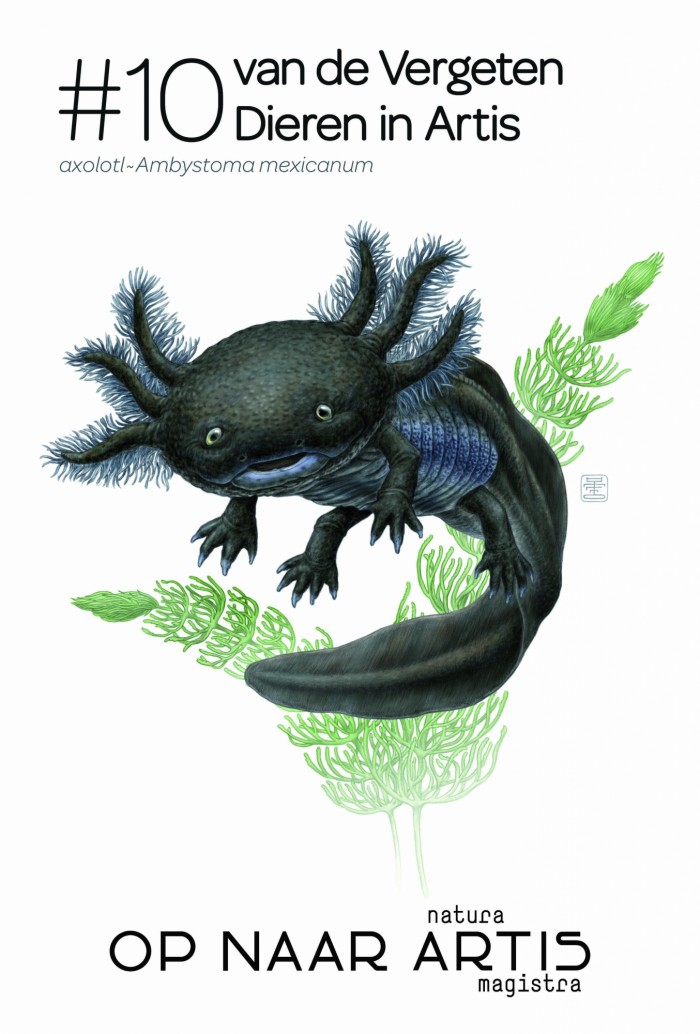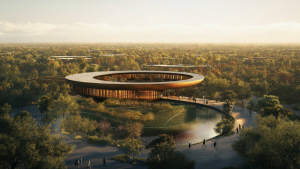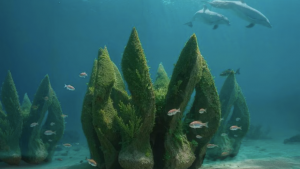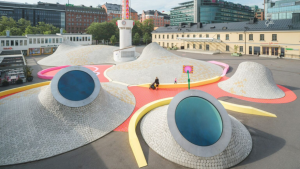The big winner at this year's Dutch Design Awards, which were presented in Eindhoven on 18 October, was Lemz design studio, whose project "Sweetie" won in the category of Service & Systems and also carried off the Future Award. This year, the design prizes were awarded in six categories. In addition, there were prizes for young talent (Young Designer Award) and for the best client (Best Client Award).
The annual awards are internationally renowned for their selection of the best Dutch design. Together, the awards ceremony, an exhibition of the work of all the finalists during Dutch Design Week, and the annual edition of the Dutch Design Yearbook (in collaboration with nai010 publishers) constitute a platform for Dutch design across its full scope.
Here are this year's winners:



